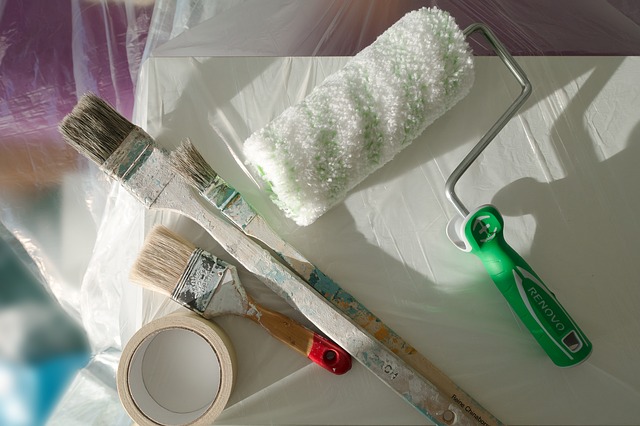Basic Tips For Painting The Houses
There are some necessary things to consider before starting with your home improvement. If you are running low on budget, it would be wise to do it by yourself rather hiring a contractor. Moreover, self-home improvement is a very simple task. It is not only cost effective but also gives you joy. Here, we shall take a look at the basic tips for painting the house.
How to cut down the expense:
For home improvement, especially when it comes to painting the house, doing it yourself is a good decision since it is an easy task. This way, you can save half the cost of a paint job and you only need the basic knowledge.
Choosing the paint:
Opting for high-quality paint ensures long-lasting results and also makes your job less tedious. It is easy to apply and maintain. Spending money on quality paints could be considered compensation for not paying on contractors. Furthermore, this helps you avoid repainting for another four to five years. Hence this would be a smart decision for your home improvement.
Mend the surface before painting:
It is a must to patch the surface before painting. If not properly repaired, even good quality paint would not show promising results. Level up all the areas of flaky paints that are blistering and peeling off from both the wood and wall surfaces. You can remove these wastes by scraping and sanding with the help of power sander.
While working on wood, be cautious not to gouge it. Also, it is advisable to wear gloves, protective goggles and the dust mask during the process.
Plastering:
Once the mending work is over, it is time to start with plastering. Apply plaster to the wall to conceal the wrinkles and damages.
Protecting:
Shun masking tape or masking with plastic sheets while working on roofs and surfaces. Drape a cloth over walkways and shrubs to avoid paint from dripping. While painting along the edges, protect the other surface with masking tape.
Be careful to remove only the masking tape once you are done with painting the sides, as it forms a stubborn contact.
Tools and techniques:
A good home improvement technique would be to initiate the painting process from top to bottom of the surface. Start with the gutters, fascia, and eaves and then work on the main surface. A few basic tools are more than enough for painting. Choose a high-quality four-inch brush to attain the best result. Choose a two-inch angled brush to paint the edges.
Make sure to clean the paint streaks as soon as possible because if the paint dries, it becomes difficult to remove.
Cleaning and disposing of:
The final step is cleaning up. Soap and water are good enough to clean latex paint whereas for alkyd, use paint thinner to clean the brushes thoroughly. Don’t dispose the excess paint or paint thinner onto the ground or drains as it is a serious source of groundwater pollution. Store all those waste materials in old sealed cans and dispose at a toxic waste collection site.


